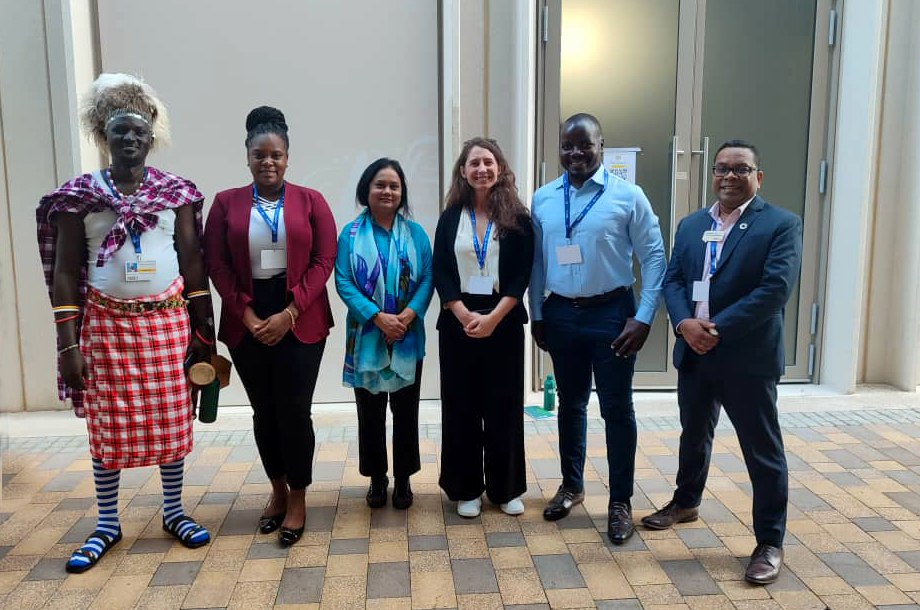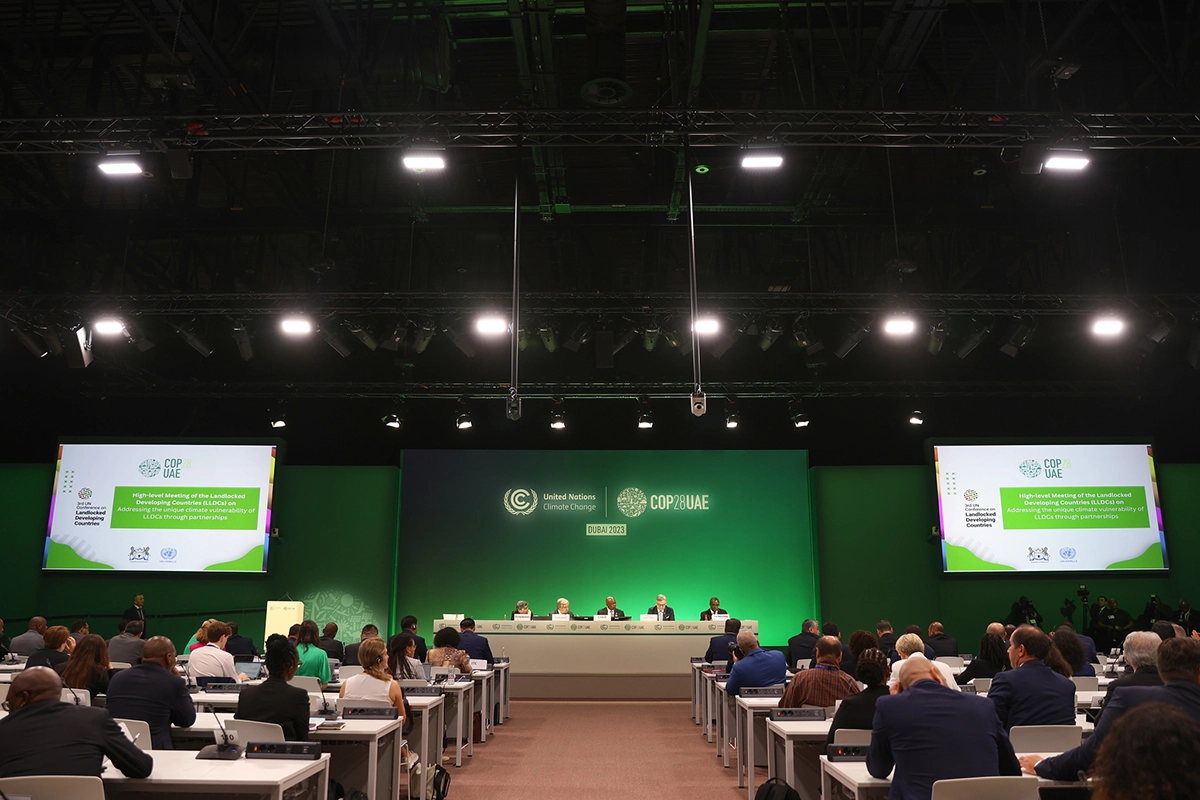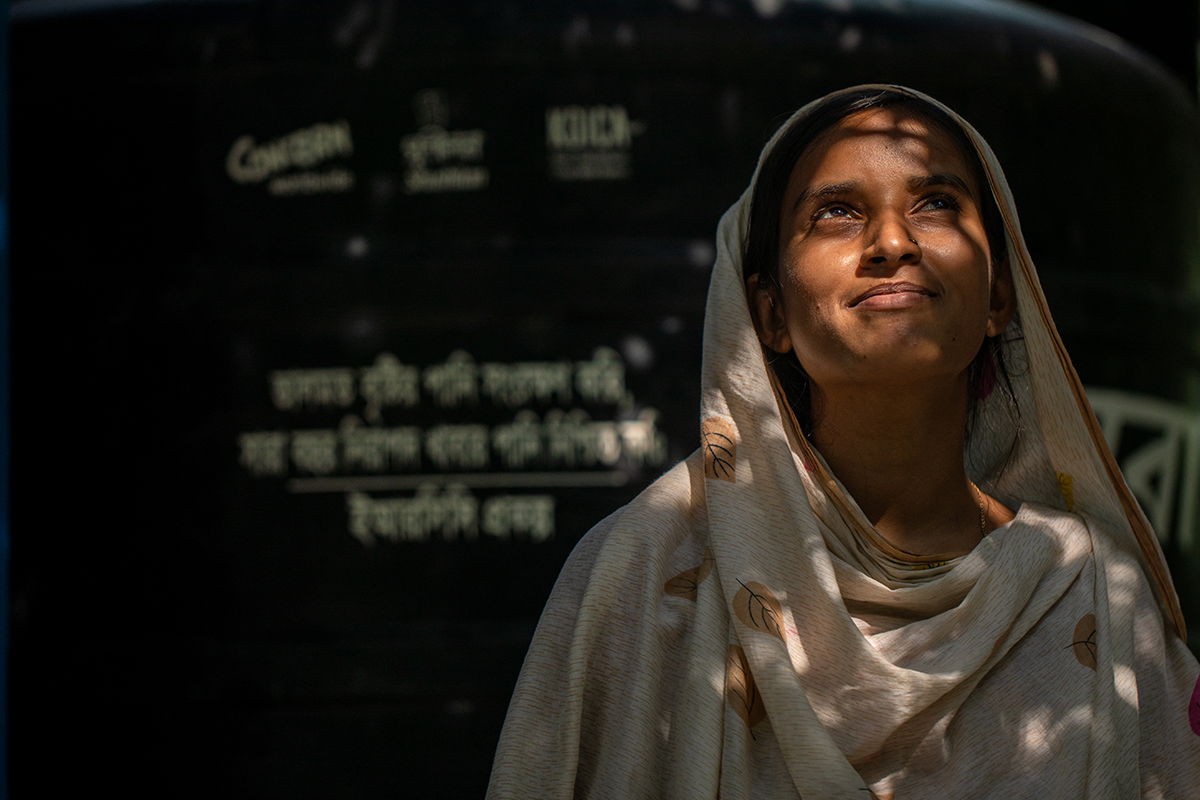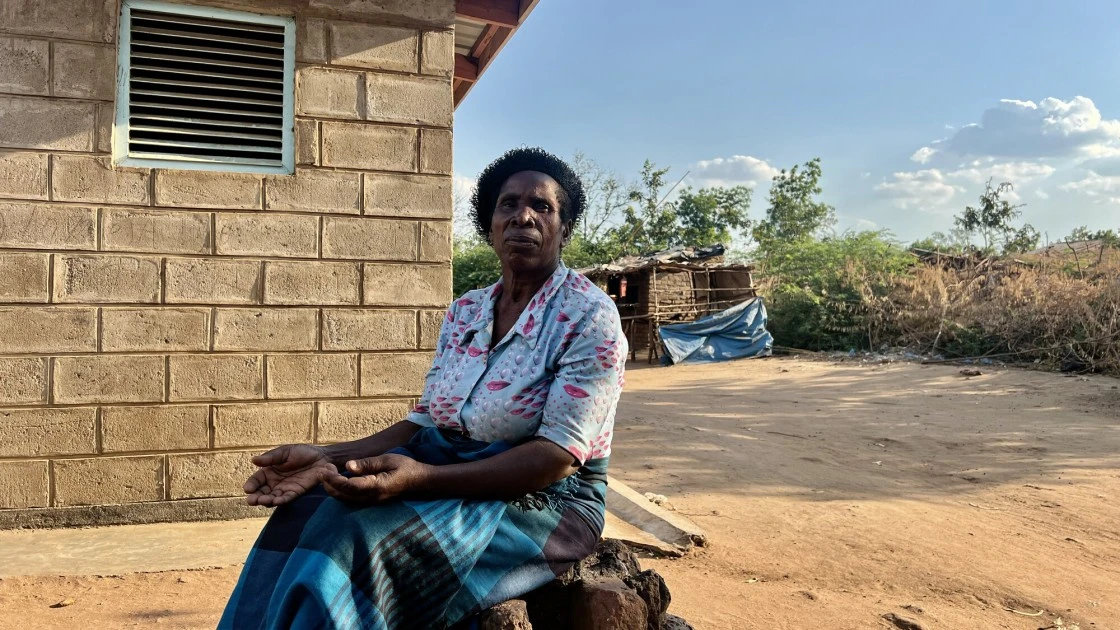What We Do
Our work: Climate & environment
Those who bear the least responsibility for climate change suffer its effects the most. Here’s what we’re doing about that.
Read MoreHow much will it actually cost to solve the climate crisis? That’s one of the top questions being answered at this year’s United Nations Climate Change Conference.
For nearly three decades the UN has been bringing together almost every country on earth for global climate summits called the Conference of the Parties (or COP). In that time climate change has gone from being a fringe issue to a global priority. And the need for COP29, which runs 11 to 22 November in Azerbaijan, is more serious than ever. Read on to learn why — and everything else you need to know about COP29.
The Conference of the Parties (or COP) is the decision-making body of the United Nations Framework Convention on Climate Change (called the Convention for short). All states that are party to the convention are represented by COP, which is the central event in the UN’s annual Climate Change Conference. At each of these conferences, COP’s members review the status of the Convention and negotiate further actions and measures.
For the Convention, the ultimate goal is to prevent the rise of global temperatures above 1.5 °C (relative to the pre-industrial levels).
“It’s an important way to discuss how to prevent the working impacts of climate change,” says Concern Senior Policy Officer Sally Tyldesley. “They’re really important moments of accountability with increased public and media attention.”

Tyldesley adds that COP has grown “much bigger than the negotiations themselves.” This year, between 40,000 and 50,000 people are expected to attend COP29 in Baku, the capital city of Azerbaijan.
This is a significant decrease from last year’s record 83,000 attendees at COP28 in Dubai, but one that the UN welcomes: “Bigger doesn't necessarily mean better,” UN climate chief Simon Stiell said earlier this year. “Size does not necessarily translate to the quality of outcomes.” A similar turnout is expected next year for COP30, which will be held in Belém, Brazil.
The main parties that form the conference include world leaders and government delegations. However, COP is also a meeting-ground for climate scientists, business leaders, humanitarian organizations, activists, journalists, and lobbyists. Beyond the main conference, there are also a host of additional events, including talks, meetings, and even protests that will illuminate the state of our global climate from all angles.
“Size does not necessarily translate to the quality of outcomes.” — Simon Stiell, UN Climate Chief
Climate finance was one of the key topics of COP28, and it takes center stage at COP29 with what’s being called the “new collective quantified goal.”
This goal is a dollar-amount target for what high-income countries should send to low- and lower-middle-income countries to help offset their risk against climate change. In the past, there have been several attempts to create firm financial commitments. 2009’s $100 billion a year climate pledge, which was aimed at allocating $100 billion annually by 2020 to help low- and low-middle income countries address climate change, was extended to 2025, but has not yet been met.
With COP29 being dubbed “the finance COP,” delegates work to codify the New Collective Quantified Goal (NCQG), which will replace the $100 billion a year pledge.

Typically, most of the countries hit hardest by climate change are those that have the fewest resources to build resilience — and those that have contributed the fewest greenhouse gas emissions. Many are also countries with colonial pasts, with high-income countries exploiting natural resources of their colonies and creating additional climate and resilience challenges.
As a UN report revealed this week, despite an increase in international climate finance to low-income countries between 2021 and 2022, there is still a deficit of approximately $187 to $359 billion per year for the countries that need climate funding the most.
“The eyes of some of the world’s most climate-vulnerable countries will be watching COP29, because the NCQG is vital if they are to protect and enable people to thrive,” says Concern’s Climate Resilience Advocacy Advisor, Laura Bahlman.
The quantity of funding is important but, as Bahlman points out, quality is also key: “We are not just talking about the scale of the funding agreed, but also the quality of the agreement reached. For example, funding must include allocations for adaptation, and loss and damage — not just mitigation.”
Bahlman also stresses that grant-based financing needs to replace loans. “Many countries hardest hit by climate change are already sinking in foreign debt.”

“Low-income countries like Malawi cannot be left to fund solutions to a problem they did not cause,” says Concern Malawi coordinator Tommy Chimpanzi. Chimpanzi is one of several Concern team members who will be at COP29 to advocate on behalf of those who need climate funding the most. Malawi is home to many people left without a financial safety net after 19 major floods and seven droughts taking place in the last 50 years — and at an increasingly ferocious rate.
“These relentless and closely-spaced events are stretching endurance to the limit,” adds Manish Kumar, country director for Concern Bangladesh — another country on the frontlines of the climate crisis.
Like last year, Concern will continue to advocate for effective climate financing in Azerbaijan. In addition to the question of financing via grants versus loans (in the spirit of true climate justice), we will also be advocating for financing that reaches the local level of the most-affected areas.

Concern Kenya’s senior governance and advocacy officer, Lillian Amondi Abuoro, puts it this way:
“Our communities want COP29 leaders to prioritize accessible funding for climate adaptation, enforce stronger carbon reduction commitments, and support initiatives that empower local communities to build resilience.”
Much of this will hopefully be addressed in the NCQG. We are optimistic about the new climate funding model, with the provisions that it must be:
Concern Worldwide is a member of the Zurich Climate Resilience Alliance, which recently published the details of five criteria to test any New Collective Quantified Goal produced at COP29. Learn more with “Making Climate Finance Work For All.”
The UN estimates that 70% of disasters are now climate-related and that, by 2030, climate change could force more than 100 million people into extreme poverty. Concern works to address this with disaster responses tailored to local environments and circumstances, working with communities to build response and resilience plans to offset the threat of future disasters, and advocating for broader climate solutions for the most vulnerable and affected people and communities at the national and international level.
Some of our key programs, including Climate Smart Agriculture (CSA) and Disaster Risk Reduction (DRR), are examples of these solutions in action. We have also adapted other initiatives, like the livelihoods-building Graduation and our standard-setting Community Management of Acute Malnutrition (CMAM), to align with the realities faced by people in areas affected by climate change.
Nearly every country we work in involves some form of climate response. Last year, we had programs in 16 countries implementing climate resilience, more than doubling reach compared to the previous year. Learn more about our country-specific approaches and programs below.